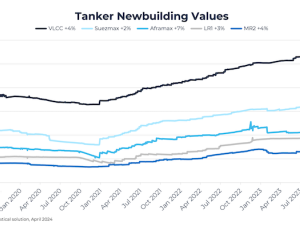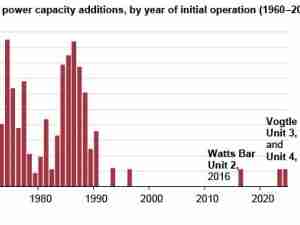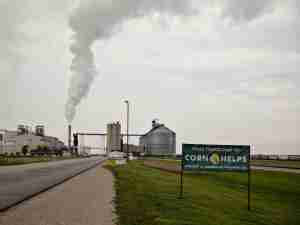The accelerating adoption of electric vehicles has created an unprecedented situation for the global battery market and the sourcing of its key components. The manufacturing of cathode, one of the most critical components for batteries, is currently dominated by Asian manufacturers, with China controlling 74.3% of the global capacity – a share that will grow further to a massive 83.8% in 2025, a Rystad Energy report reveals.
A typical battery includes four major parts - cathode, anode, electrolyte, and separator. A cathode acts as the positive electrode of the battery and the source of lithium ions, determining the capacity and the average voltage of a lithium-ion battery, which is the battery type most EVs are using.
Grasping at the opportunity the EV market is creating, China is working to quadruple its cathode manufacturing capacity, building it up to about 3,900 kilotonnes (kt) of cathode by the end of 2025, from some 1,100 kt at the end of 2020. As Chinese investments will dominate the market, the global share of the capacities of South Korea and Japan, will shrink from 18.9% and 5.5% currently, to just 11.8% and 1.9%, respectively, by 2025.
Even though Europe will see the largest growth rate in coming years, its capacity will remain, along with North America’s, at very low levels compared to the global total. Rystad Energy expects the global share of Europe’s cathode manufacturing capacity to only grow to 1.4% at the end of 2025 from 0.3% at the end of last year. North America’s share is forecast to keep stable at 1%.

“Major EV producers plan to build car manufacturing facilities in Europe and North America, which has encouraged plans to invest and increase the local capacity of cathode production. Pressure for ethical sourcing in the supply chain and geopolitical tensions are also supporting localization. However, the supply and sourcing of key raw materials remains a bottleneck for the industry despite investments outside Asia, and China will capitalize on the growing market demand,” says Edison Luo, analyst at Rystad Energy’s battery materials team.
Unlike the production of anode, which predominately uses graphite as a main raw material, a cathode’s ingredients vary based on the application of the battery and there are four key types of cathodes applicable to different types of power battery consuming markets.
For EVs the preferred ones are NCM/NCA, which are made from nickel, cobalt and manganese or aluminum, and LFP, which are made of lithium iron phosphate. The other two are LCO, which consist of lithium cobalt oxide, and LMO, which are made of lithium manganese oxide.
The battery industry is working to reduce the use of cobalt because of several issues related to its production, including ethically complex supply chains, the limited quantity that can be mined, and the high price of the raw material. This “cobalt-free” trend is encouraging the use of more nickel in NCM/NCA batteries, especially in North American and European markets.
In these markets, the content of nickel in cathodes is now nearly 80% compared to just 50% in the past. Many producers are even mulling the idea of increasing nickel content to over 90%, although that raises certain safety concerns as a high nickel content leads to reduced heat resistance and fire hazard.
However, unlike the other markets that predominately focus on the high-nickel market, China is also the largest LFP market in terms of cathode production capacity. This is because the LFP cathode type is relatively cheaper and can help China electrify its large passenger vehicle fleet. China has its own upstream lithium mines but lacks domestic supplies of nickel, which it sees as a major strategic weakness that increases reliance on imports of foreign materials.
Consequently, with the push for LFP batteries in the market, coupled with lower entry barriers to LFP cathode manufacturing compared with nickel-heavy cathode manufacturing, many Chinese private enterprises started to invest in new facilities, competing over the years for larger market shares, and leading in the process to a massive capacity growth and a fragmented market with many players.
In contrast, the other competing markets are more concentrated, with just a few conglomerates owning major NCM/NCA cathode production facilities. For instance, in South Korea, which currently has about 300 kt of cathode production capacity per year, LG accounts for nearly 30% of the market. The manufacturer announced further investment plans in North Gyeonsang, which is expected to add another 60 kt of capacity in the next three to four years.
Europe is lined up for a 53% compound annual growth rate (CAGR) between 2020 and 2025, increasing total cathode production capacity to more than 65 kt by the end of the forecast period. Most of the market’s capacity will be down to chemicals company Johnson Matthey, which is currently testing a pilot cathode plant in Billingham, in the UK. The producer is expected to launch two major NCM/NCA lines in Finland and Poland, with a capacity of more than 40 kt.








_-_28de80_-_58820516bd428ab3fd376933932d068c43db9a4a_lqip.jpg)


